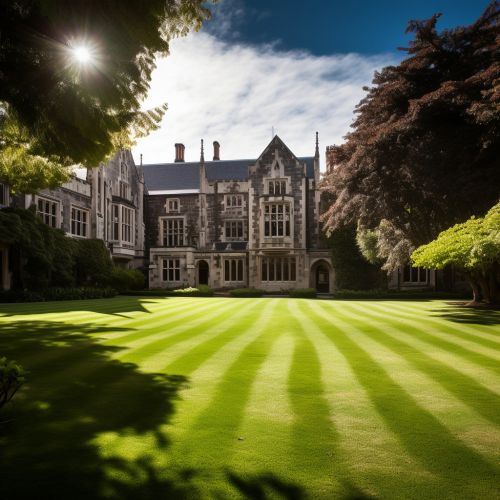Keith Bullen
Early Life and Education
Keith Edward Bullen was born on 29 September 1906 in Auckland, New Zealand. He was the son of a carpenter and his early education was at the Auckland Grammar School. He then went on to study at the University of Auckland, where he graduated with a Bachelor of Arts in Mathematics in 1928.


In 1929, Bullen received a scholarship to study at Cambridge University, where he pursued his interest in Geophysics. He completed his Ph.D. in 1932, under the supervision of Sir Harold Jeffreys, a renowned geophysicist and mathematician. His thesis was on the computation of theoretical seismograms, a topic that would form the basis of his future research.
Career
After completing his Ph.D., Bullen returned to New Zealand and took up a position as a lecturer at the University of Auckland. He taught mathematics and physics, but his primary interest was in geophysics, particularly in the field of seismology.
In 1936, Bullen moved to Australia to take up a position as a Reader in Geophysics at the University of Sydney. He would remain at the University of Sydney for the rest of his career, eventually becoming the Chair of Geophysics in 1949.
Bullen's research focused on the structure and properties of the Earth's interior. He made significant contributions to our understanding of the Earth's crust and mantle, and developed a series of mathematical models known as 'Bullen's tables', which are used to calculate travel times for seismic waves.


In addition to his research, Bullen was also involved in the establishment of the Australian National Committee for Geodesy and Geophysics and served as its first chairman. He was also a founding member of the Australian Academy of Science.
Contributions to Geophysics
Bullen's work in geophysics was groundbreaking. He was one of the first to use seismic data to infer the structure of the Earth's interior. His 'Bullen's tables' are still widely used in seismology today.
One of Bullen's most significant contributions was his work on the Earth's core. He was the first to propose that the Earth's outer core is liquid, a theory that was later confirmed by other researchers. This discovery has had a profound impact on our understanding of the Earth's magnetic field and its geodynamo.
Bullen also made significant contributions to our understanding of the Earth's mantle. He developed a model of the mantle that took into account the effects of pressure and temperature on the speed of seismic waves. This model has been instrumental in our understanding of plate tectonics and the movement of the Earth's crust.
Honours and Awards
Throughout his career, Bullen received numerous honours and awards in recognition of his contributions to geophysics. He was elected a Fellow of the Royal Society in 1950, and a Fellow of the Australian Academy of Science in 1954.
In 1961, he was awarded the Gold Medal of the Royal Astronomical Society, and in 1963, he received the prestigious William Bowie Medal from the American Geophysical Union.
In 1970, Bullen was knighted for his services to science, becoming Sir Keith Bullen. He retired from the University of Sydney in 1971, but continued to be active in research and writing until his death in 1976.
Legacy
Bullen's work has had a lasting impact on the field of geophysics. His models of the Earth's interior are still widely used, and his theories about the Earth's core and mantle have shaped our understanding of the Earth's structure and dynamics.
His contributions to the establishment of geophysics as a distinct discipline in Australia, and his role in the formation of the Australian National Committee for Geodesy and Geophysics and the Australian Academy of Science, have also had a lasting impact on the scientific community in Australia.
